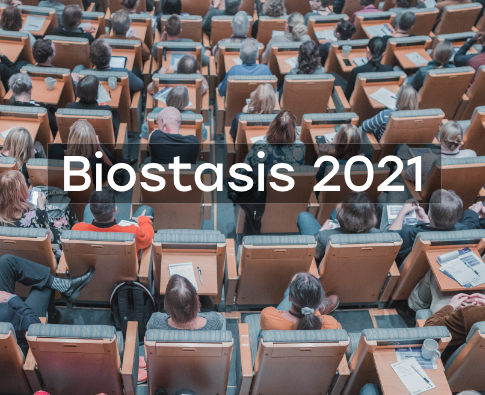Cryonics technology aims to bring back the functional properties of biological organisms (or tissues and organs) from their dormant preserved state. With new approaches to cryopreservation via vitrification and subsequent revival by using nanowarming technologies, the promise of cryogenics seems even more realistic. This being said, if this ever becomes possible and whole-body preserved organisms are revived using cryonics, there would need to be some guarantee that none of the higher functions like cognition, memory and intelligence would be lost upon revival. While this field of enquiry is still in its infancy, researchers are trying to elucidate whether it could be possible.
In order to investigate the prospect of cryonics and whether neurobiological features like memory can actually be restored, scientists have resorted to the model organism Caenorhabditis elegans.
Why Caenorhabditis elegans?
Caenorhabditis elegans, most commonly known as the roundworm, is a soil-inhabiting nematode. It is a simple organism about 1mm in length on average. It is one of the most widely used multicellular models for neurology research because of its relatively less sophisticated neuronal network (302 neurons only) that can be easily visualized. On top of that, the life cycle of C. elegans is short, exactly as would be expected of a suitable biological model. Historically, various fundamental experiments in the field of neurobiology relating to memory and neurodegenerative diseases have been carried out using this organism as the basic model, and thus there is a well-established body of standard literature and protocols on the subject. Hence, based on this, scientists investigated the long and short-term memories of cryopreserved and revived C. elegans.
Learning and retention of memory in C. elegans
Learning and retention of memory occurs in a very simple manner in C. elegans. It is believed that the worm becomes habituated to smells and associates attractant versus aversive chemicals with the presence or absence of food. When the worm is exposed to a specific chemical compound over a limited period of time in presence or absence of food, it can be trained and tested for a behavioral pattern. When the organism is subjected to that same chemical compound at later times, the worms’ level of memory retention can be examined and evaluated using a standard chemotaxis migration assay. This assay method is essentially a straightforward laboratory technique in which both the control and subject group of worms are grown in a petri dish and closely monitored for their movement (taxis) in response to certain chemicals. By using different chemicals, both short-term and long-term memory patterns in C. elegans have been elucidated.
For instance, when the worms are exposed to butanone, their memory response starts to fade one hour post-exposure. On the other hand, when the worms are exposed to chemoattractants like benzaldehyde at the larval stage, the memory response is retained persistently at the adult stage, even after 5 days. Such long-term phase-sense learning is commonly referred to as olfactory imprinting. Imprinting is known to neurobiologists as a type of learning process which enables young organisms to make strong associations to their environmental cues. Such bonding to sensory cues and signals explain early adaptation in organisms. There is a specific window of time, lasting for a limited period, during which an organism can develop a long-lasting learned response, and the process is mediated by a single pair of interneurons. If the imprinting is successfully completed in more than four subsequent generations, there is strong evidence that it can be transmitted to future generations as well.
The question of memory persistence after cryopreservation
In light of the aforementioned empirical evidence, it thus becomes plausible to ask whether the learned memory response can persist when the organism is cryopreserved and then revived. In 2015, this question was also addressed by a group of scientists. In order to investigate this, C. elegans at L1 and L2 stages were cryopreserved by using standard protocols. For analytical and comparison purposes, both slow freezing and vitrification methods were used. Vitrification had a 100% rate of revival whereas slow freezing yielded only 20% success. Before preserving, the worms were categorically grouped into “trained” and “untrained” sets. The trained sets included the ones that were imprinted with benzaldehyde, a chemoattractant. For a more rigorous assessment of variables, the worms were preserved both with or without cryoprotectant.
As expected, the migration assay showed that the trained worms, when revived and tested, migrated to areas on the petri dish close to the benzaldehyde drops. This is a strong indication that the memory was retained by these worms and that cryopreservation didn’t alter the rate of migration when compared to non-cryopreserved worms. Untrained subjects, on the other hand, didn’t exhibit such liking for the chemoattractant. These findings are exciting from a cryonics perspective, and open new frontiers of research in this field.
Hence, there is a need for further research and investigation directed towards memory persistence. One way to move forward would be to use higher animal models – insects and rodents – to ask similar questions. Given the neuronal similarity to C. elegans at a cellular level, we can expect to obtain positive results in these higher models as well. If so, it would mean a step closer to realising the true potential of cryonics to assure longevity.















